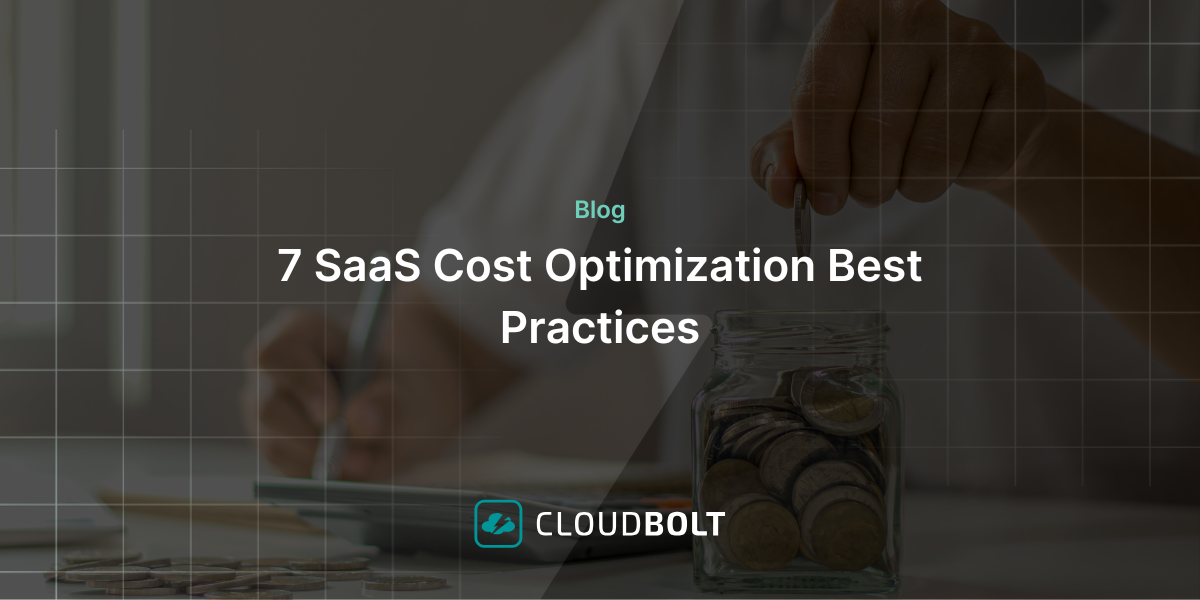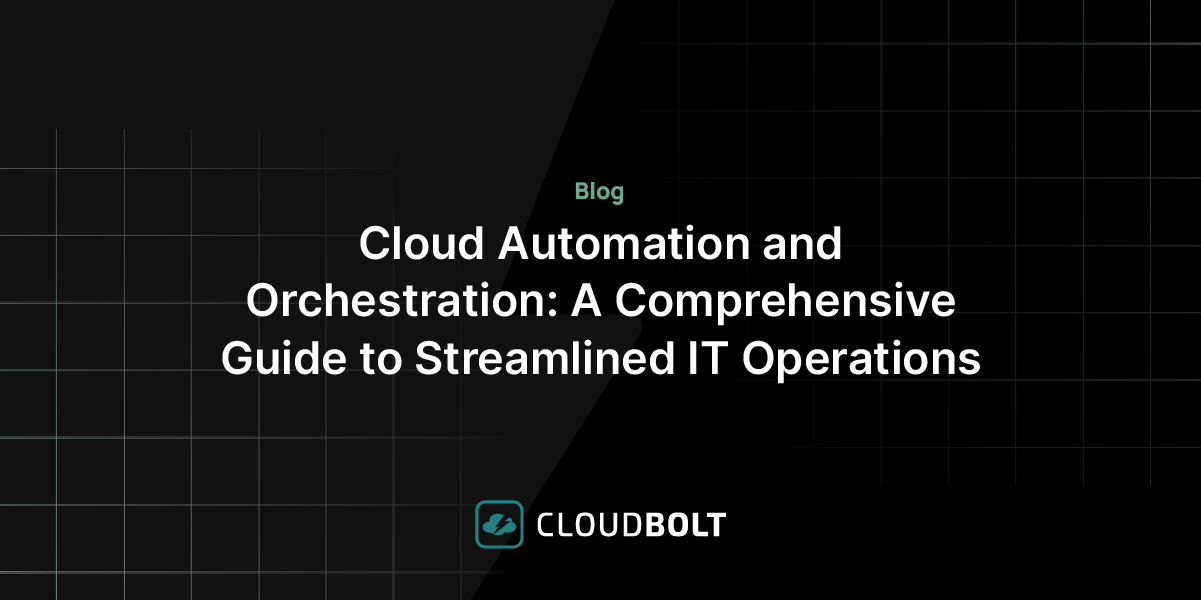What VMware Cloud Automation Services Can Do for You
Are you wondering what VMware Cloud Automation Services can do for you? Managing and troubleshooting cloud environments is often challenging, especially for complex cloud architectures. As a result, organizations must consider cloud automation.
Cloud automation can help organizations to streamline oversight of cloud implementations. Organizations can do this with VMware Cloud Automation Services tools to hide the differences between cloud APIs and cloud vendors. As a result, it becomes easier to manage a multi-cloud or hybrid cloud deployment.
What Is VMware Cloud Automation Services Suite?
Cloud Automation Services Suite from VMware is a Software as a Service (SaaS) offering meant for multi-cloud management and automation. Three products make up the suite:
-
VMware Cloud Assembly
Cloud Assembly is the blueprinted engine. It allows users to deploy containers or infrastructure to any private or public cloud.
-
VMware Service Broker
Service Broker serves as the “storefront.” It’s a catalog of the services available to end-users. IT can tailor policies and request forms that organizations can apply to available services to maintain organizational controls. These controls include cost, access, naming, etc.
-
VMware CodeStream
This is the Continuous Integration/Continuous Development (CI/CD) platform of VMware Cloud Automation Services. It relies on the concept of “pipelines” for the automation of application and infrastructure delivery. IT can integrate existing tools, such as Jenkins and GitLab while using CodeStream to orchestrate the flow.
Types of Cloud Automation
Organizations have two types of cloud automation to choose from. The first type provides support for the data center operations of your organization. The second type provides hosting for mobile applications and websites at scale. AWS (Amazon Web Services), Microsoft Azure, and Google Cloud provide organizations with public cloud hardware for both scenarios. CodeStream, Service Broker, and Cloud Assembly all plug into the VMware vCloud platform to support DevOps and software development teams.
For the first type of automation, organizations leverage the public cloud’s benefits in their on-premises deployments or the hybrid cloud. These benefits include faster provisioning, self-service, policies, and automated operations. In the second type, organizations improve network traffic speeds via SDN and load balancing utilities. At the same time, they serve web and mobile apps to millions of users per day.
Why Your Organization Needs VMware Cloud Automation Services
Automating common workflows in your organization can be a valuable tool. Provisioning, deprovisioning, troubleshooting, and auditing are critical tasks that can benefit from automation. The more automation your organization deploys, the less manual effort you require to manage cloud resources.
Here’s why you need VMware Cloud Automation Services:
Reducing Expenses
One key benefit of using the cloud is you shifting the expenses associated with maintaining servers to the cloud provider. However, this benefit only makes sense if you manage the process properly. For this reason, you need to design IT systems in a way that automatically provisions and deprovisions resources as needed. This reduces manual interaction significantly and helps curb zombie IT. Consequently, your organization is better able to control cloud costs.
IT Security
Many consider cloud computing to be more secure than enterprise IT deployment. But this is not true. Moving workloads to the cloud presents organizations with new and sometimes unexpected challenges.
With VMware cloud automation, organizations can automate network and security provisioning across clouds. This ensures your data is safe both inflight and at rest. Creating and maintaining good cloud security is one of the most tangible benefits of automation.
Improved Performance
If your cloud environment is not well-designed nor well-implemented, then application performance can suffer. One provider should serve the critical parts of applications running in the cloud to reduce latency caused by communication between components. Applications that can take advantage of multiple clouds can optimize client-to-cloud location selection.
VMware cloud automation tools allow you to monitor cloud performance in real time. The tools use thousands of counters and metrics to analyze your cloud environments and send alters so you can proactively troubleshoot.
Resilience
A well-implemented cloud strategy incorporates a foundation that enables you to run applications in several availability zones by more than one cloud vendor. VMware allows your organization to deploy applications across clouds hosted in different locations and by different providers.
Troubleshooting
One of the challenges organizations face after moving to the cloud is troubleshooting infrastructure they don’t own. Often, the data needed to troubleshoot an enterprise network is unavailable. As a result, organizations must rely on digital user experience monitoring tools.
VMware tools can help your organization capture detailed diagnostic information and produce comprehensive client views to server application performance.
Cut Down on Error-Prone Processes/Tasks
Cloud automation can help cut down on error-prone manual tasks and processes and deliver infrastructure resources much faster. Your organization’s cloud automation efforts should support virtualization standards and multiple hypervisors across hardware resources. Some of these resources include XenServer, KVM, Hyper-V, Docker, and Kubernetes. These efforts must also support the software development life cycle of dev teams in the organization.
Related Blogs

Beyond Basic Metrics: The 7 Strategic Cloud Cost Metrics for 2025
Let’s be honest—traditional cloud cost management metrics aren’t cutting it anymore. While “Cloud Spend by Service” dashboards and untagged resource…

